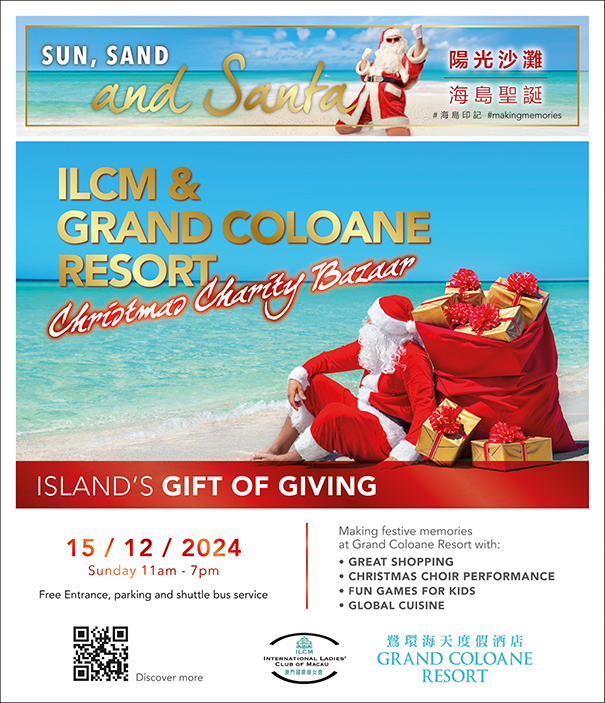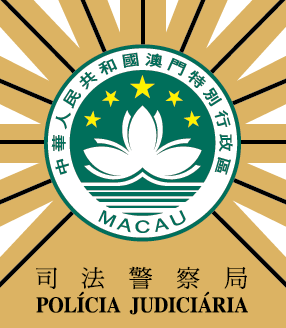The government yesterday opened its “Macau World Heritage Monitoring Centre” on Rua de Sanches de Miranda.
According to a statement by the Cultural Affairs Bureau (IC), the centre aims to enhance the mechanism for the protection of the local UNESCO-listed World Heritage, to build an intelligent, standardised World Heritage protection and management system that can better meet the international and national protection and management requirements, and to establish the positioning of Macau as “a base for exchanges and cooperation where Chinese culture is the mainstream and diverse cultures coexist.”
The monitoring centre is run by the bureau, which will give priority to the protection of Macau’s 22 core World Heritage buildings and its eight classified squares, namely Largo do Pagode da Barra, Largo do Lilau, Largo de Santo Agostinho, Largo do Senado, Largo do São Domingos, Largo da Sé, Largo da Companhia de Jesus, and Praça de Luís de Camões, in the Historic Centre of Macau that was included on the World Heritage List in 2005.
“Largo” and “praça” are Portuguese words for “square” or “plaza”.
The centre aims to evaluate the various factors affecting heritage protection, and to devise more thorough and targeted protection measures by systematically collecting, analysing and recording the changes in the heritage sites, as well as to gradually integrate external environment data, such as temperature and humidity, meteorology, tourism management and visitor density around the World Heritage sites, and to analyse the data through its data platform.
IC President Leong Wai Man told the media after yesterday’s opening ceremony that the centre has installed several devices to monitor long-term changes in the properties’ subsidence, cracks and inclinations, adding that once the warning level is reached, a notification will be generated, and personnel will be sent to the respective property to follow up immediately.
Leong pointed out that depending on the situation, the collection of weather, temperature and humidity data may be added by the centre, while continuing to optimise the monitoring work.
Leong noted that there was no plan to publish the real-time monitoring data as they wouldn’t be of much relevance to the public. However, Leong said, the bureau would consider publishing the datas’ conclusions on an annual basis or organising students to visit the centre from time to time to introduce them to its monitoring efforts.

Cultural Affairs Bureau (IC) President Leong Wai Man delivers a speech during yesterday’s opening ceremony of the Macau World Heritage Monitoring Centre on Rua de Sanches de Miranda. – Photo: Yuki Lei





